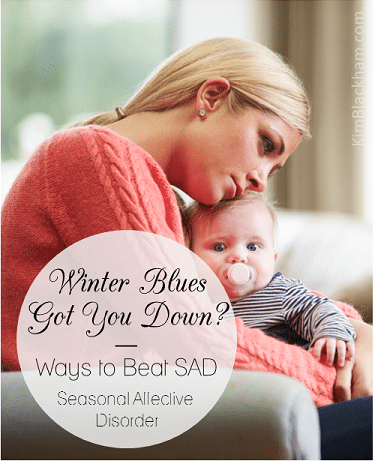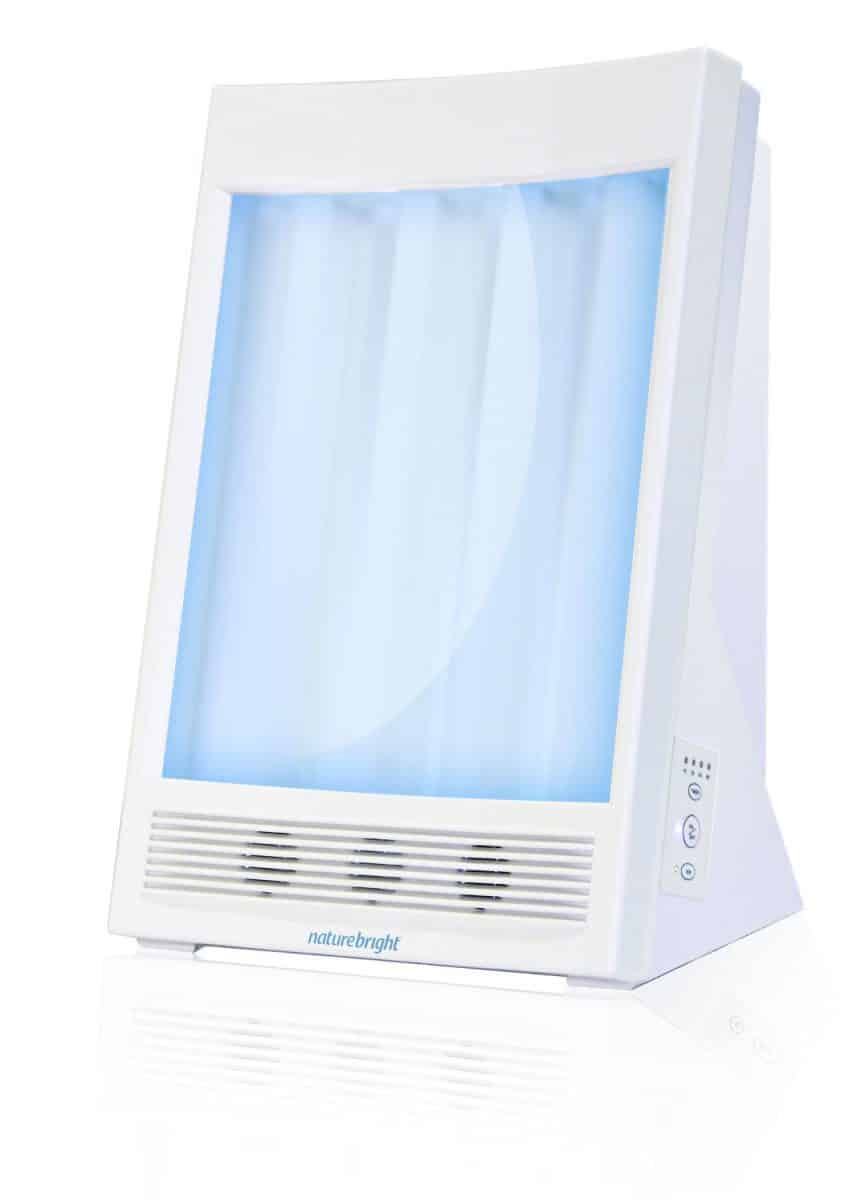
On one hand we sing it is “The Most Wonderful Time of the Year,” yet many people really struggle with feeling down during the winter months. Winter Seasonal Affective Disorder (SAD) is a depression that manifests during the late fall, early winter when the days become shorter, the weather is colder, and the sky is grayer. Often the symptoms will subside with the sunnier spring and summer months.
Symptoms of Winter Seasonal Affective Disorder include:
- Irritability
- Decreased energy
- Fatigue
- Increased appetite (which coupled with decreased activity can lead to weight gain)
- Sadness
- Depression
- Crying
- Trouble concentrating
- Decreased sex drive
If you live in a state that tends to experience more dreary winters, you may be at greater risk for SAD. This includes areas that suffer from weeks of inversions.
Treatment for Seasonal Affective Disorder:

There are many things you can do to help you manage SAD. The first is to consider is light therapy. These products change the chemistry of your brain by giving the illusion of sun light. To be effective, you need to use them consistently– every day. Most people find them helpful when used for at least thirty minutes in the mornings. There are many different sun lamps available for purchase over the counter. Most of them work about the same. You’ll want to look for one specifically designed to treat SAD. Some light therapy products are used to treat other conditions such as skin disorders. You want to avoid those. Make sure you get one that emits low levels of UV rays. When choosing a lamp, consider how bright it is and how close the manufacturer recommends you sit next to the lamp to achieve the desired results. Less bright lights will need to be used for longer periods of time and require you to have it almost directly in front of your face. The brighter lamps can sit at your desk while you are working or on the counter while you are eating breakfast.
 I generally recommend this Sun Lamp to my clients. As always, shop around for the best deal and look at all your options before buying one.
I generally recommend this Sun Lamp to my clients. As always, shop around for the best deal and look at all your options before buying one.
Make sure you are opening your blinds and curtains every day and letting in as much natural sunlight as possible. Turn on the lights and lamps so your home is bright.
Some research indicates that SAD may be related to a vitamin D deficiency. Talk to your doctor about taking a vitamin D supplement through the winter. Try to spend at least 15 minutes outside every day – even when it is cold. Just leave a portion of your body exposed so you can absorb some of the natural vitamin D from the sun.
Short-term medication use may also be beneficial for SAD. Many of my clients are concerned that if they start an anti-depressant that they will have to be on it forever. If you are struggling with SAD, you will most likely only need medication through the gloomy winter months until the seasonal changes allow your brain to produce more serotonin again.
Exercise is a natural mood booster. As you exercise, your brain releases endorphins–happy hormones–that improve mood long after you finish exercising. Find a way to fit that in every day. Maybe you combine your 15 minutes outside with a short walk. Even small amounts help.
If possible, plan your vacations during the winter months when you can get away to a warmer, sunnier climate.
In addition, it may be helpful to find a therapist to talk to. Talk therapy is an effective way to get you through those tough winter months.
SAD is a serious condition. Don’t ignore the symptoms. There are things you can do to make those late fall/winter months more pleasant. Make sure you discuss your options with your doctor prior to beginning any treatment for SAD.






